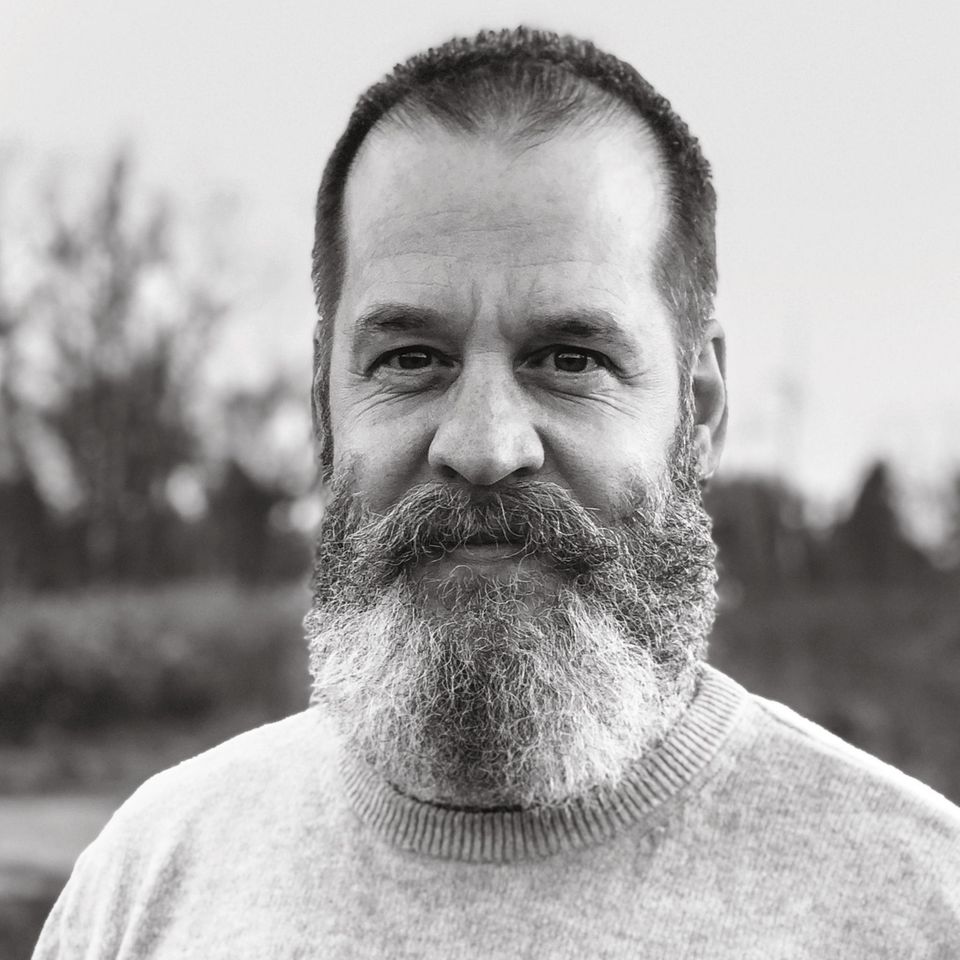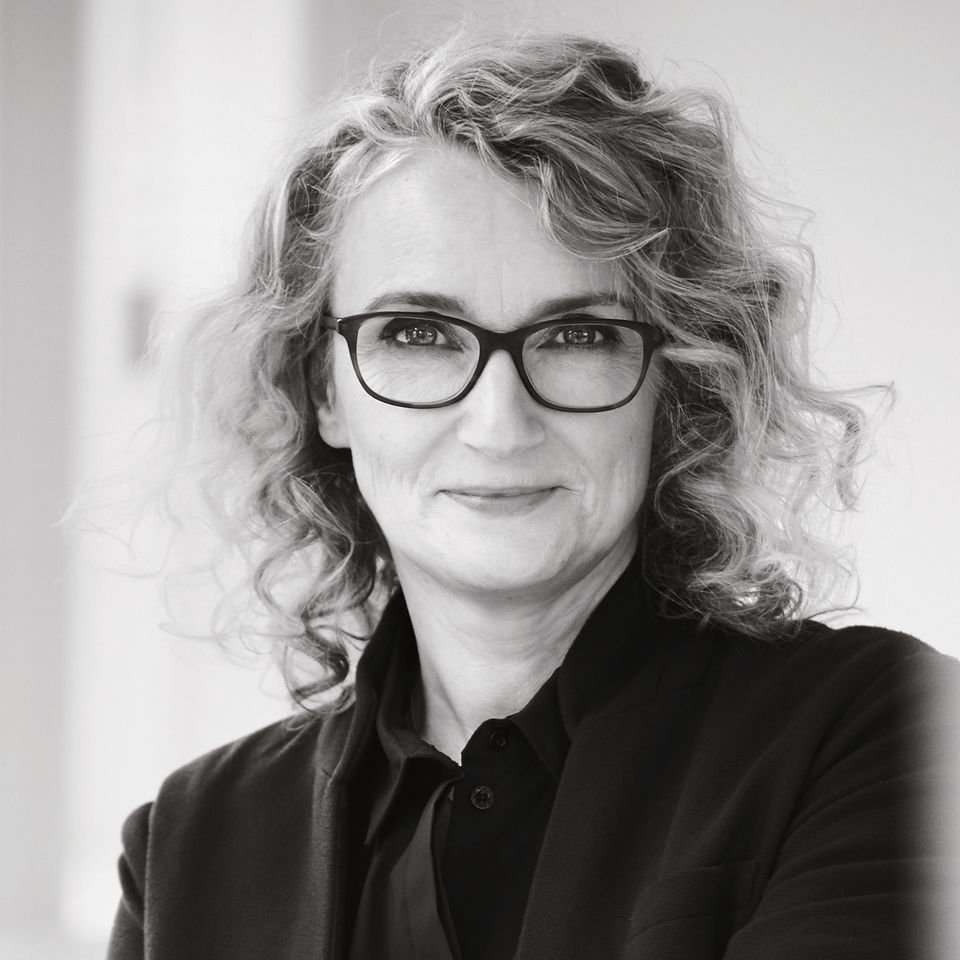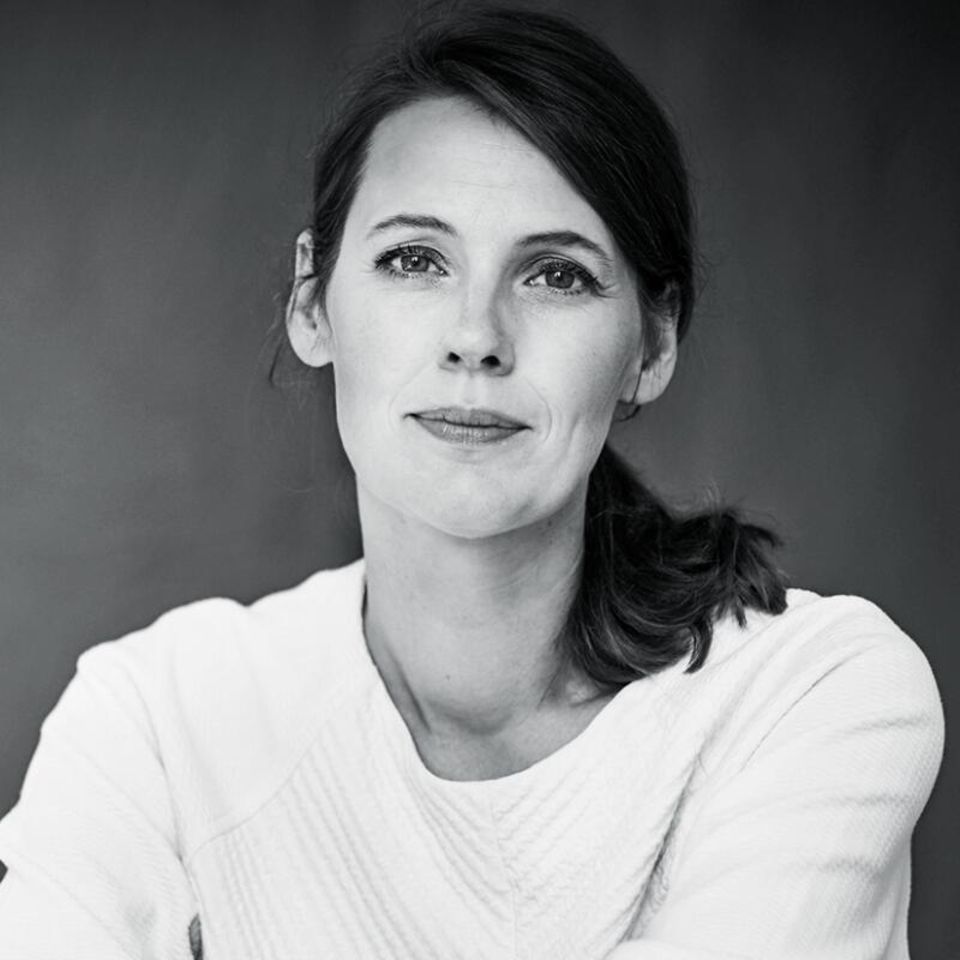There are many remedies and methods that promise to help us sleep better and wake up more refreshed. Four self-experiments and an expert on new trends and an absolute evergreen.
Sleep tracker – my personal sleep laboratory
Gadgets such as smartwatches or rings document sleep. In a real sleep laboratory, however, significantly more values are collected. What good are the trackers?
© Andreas Sibler
Daniela Stohn, editor
My new ring is not a piece of jewelry, but a data collector: Using infrared light rays, it measures heart rate, body temperature, oxygen saturation, heart rate variability and movement and tells me how long my deep sleep and REM phases were. Now the first thing I do in the morning is check how I slept. “Your general well-being is not optimal,” the accompanying app tells me, for example – even if I feel well rested. Hmmm. What do I do with it? And do I now let a device decide how I feel? Especially since, as the neurologist Dr. Cathy Goldstein in the New York Times says “sleep trackers present information with a level of accuracy they are incapable of.” What’s exciting, although not surprising, is how eating late, exercising or drinking alcohol affects the quality of my sleep. My conclusion: not much helpful information, a lot of stress. I prefer to sleep alone.
Cannabidiol (CBD) – hemp active ingredient that relaxes
Unlike THC, CBD is not psychoactive and is said to help against many complaints, including pain, and to have a relaxing effect. There is currently no clear scientific evidence that CBD helps with sleep problems.
Holger Geys, photo editor
For years I had extreme problems falling asleep and staying asleep; sometimes I didn’t get any sleep for several nights in a row. I’ve tried just about everything to combat it: from prescription drugs that help in the short term but make the next day a problem, to things that can be bought over the counter. I also tried CBD drops without any effect. Nevertheless, on my son’s advice, I went to a CBD shop and got advice. Since then, I’ve been taking highly concentrated CBD with just the right terpenes that really make you sleepy. Usually two to three puffs from the vaporizer are enough before you fall asleep. At first I thought I would never be able to cope without it again, but now I can skip the CBD and still fall asleep.
Daylight lamp – a dose of extra power
Light in the morning gives the body a starting signal: the production of melatonin decreases, that of serotonin increases, and the sleep-wake rhythm is strengthened. Special lamps with a high proportion of blue light can be a substitute for natural light.
Claudia Münster, deputy editor-in-chief
Is it just me, or was the winter really particularly dark this time and the days extremely short? Anyway, it felt bad to me. Especially on home office days: I often forget to go out into the fresh air, and when I remember, it’s half past five and pitch black and my body says: Come on, let’s go to bed. Which of course I don’t do until a few hours later. Then I can’t sleep. And no matter how long I sleep, it’s never enough. Something’s really messed up. For a few weeks now I’ve been trying to combat this with a daylight lamp on my desk. The light intensity of around 10,000 lux is of course nowhere near that of a sunny summer day (more than 50,000 lux), but I’m not quite as tired anymore. Maybe it’s also because the days are getting longer again. A big plus in any case: my workplace is now well lit.
Mouth taping – the latest sleep trend
The mouth plasters increase nasal breathing and are intended to make sleep more restful. There is no evidence.
Antje Kunstmann, editor
Even the idea of taping my mouth shut at night gives me anxiety. That’s why I looked for a while until I found a plaster that looked slim and harmless, like a lying H. Only the middle bar holds the upper and lower jaw together. At first my skin feels achy and I have the smell of plaster in my nose, but contrary to my expectations I quickly fall asleep. The first few nights I find the plaster on my pillow in the morning and vaguely remember peeling it off while half asleep. When it lasted until the morning, I was happy with myself, but no fitter than usual. The plaster would probably have improved my sleep if I had given it to my partner. There are even studies showing that it can reduce snoring.
Melatonin – the miracle hormone?
The body’s own substance that controls the day-night rhythm is now available in many variations: for example as a spray or rubber drops.
Prof. Dr. Birgit Högl, neurologist and sleep doctor from the Medical University of Innsbruck
From a sleep medicine perspective, melatonin is not a sleeping pill, but a chronobiotic. That is, a substance that affects our internal clock. It is a biological night signal that is released when it is dark and tells us that it is time to sleep. There is a melatonin preparation approved as a prescription drug for the short-term treatment of sleep disorders that contains two milligrams of sustained-release melatonin, but even there the effect is limited. Over-the-counter melatonin supplements are not medications, but dietary supplements. Tests show that the actual amount contained varies greatly, from almost zero to ten times the dose. If melatonin solved all sleep problems, there wouldn’t be any anymore. So you shouldn’t expect too much. Sprays and similar freely available products are of little help; Only for short-term problems, such as after a long-haul flight, are the preparations worth trying if you take them at the right time (from the day of departure to the desired bedtime at the destination). The use in children, such as melatonin gummy bears as a sleep aid, should be viewed critically. They are not free from side effects.
Sleep apps – digital therapy companions
Most apps are based on cognitive behavioral therapy, the first choice for chronic insomnia. “Somnio” and “HelloBetter Sleep” are so-called DiGAs and can be prescribed with a prescription.
Prof. Dr. Birgit Högl, sleep doctor
There are good apps whose benefits have been proven, but the range is now so large that you always have to check whether an app is really validated and what its purpose is. For example, some are also combined with the collection of data, for example for research purposes. The general problem with digital apps is so-called compliance: Sleep therapies are based on sticking with it for a while, sometimes taking steps backwards, getting feedback, trying things out, learning for yourself. It is a development that takes time, and you should not expect that a sleep disorder, especially if it has existed for a long time, will disappear overnight. In-person therapy definitely has advantages because it promotes motivation. Since there are often group activities, the participants also support each other. Especially with digital applications, there is often a continuous dropout and some people eventually leave it alone.
Sleep routine – my personal ritual
Whether it’s Schüßler salts, your favorite tea, a few pages in a light novel or relaxing music – there are many things you can do to start going to bed.
Prof. Dr. Birgit Högl, sleep doctor
Even if some things don’t have a scientifically proven effect on sleep, they can be part of a personal ritual. Evening rituals are very helpful, and the decisive factor is always what is good for you. It’s like a child who needs a certain lullaby or cuddly toy to fall asleep. There is nothing wrong with adults finding a ritual that helps them. It is important that searching for it does not become stressful. Otherwise you’ll buy or think about something and then expect with great anticipation that sleeping will actually work out better this time. You watch yourself closely and fixate on it, and unfortunately that already sets the stage that it almost certainly won’t help. It’s more about trying out in a relaxed manner what suits you individually.
People with sleep problems should always see a doctor if their bad nights become stressful. It is important not to wait months before getting help. Because sleep disorders are easier to treat the earlier they start.



